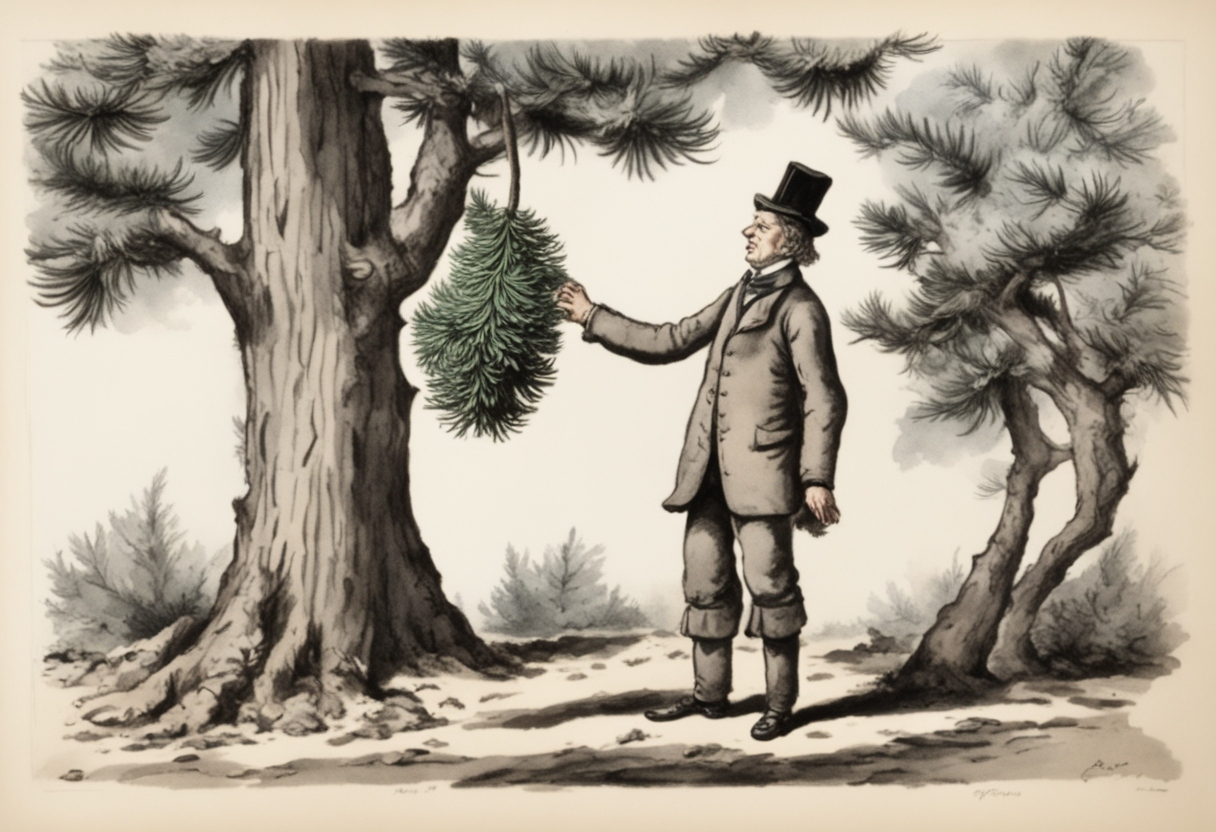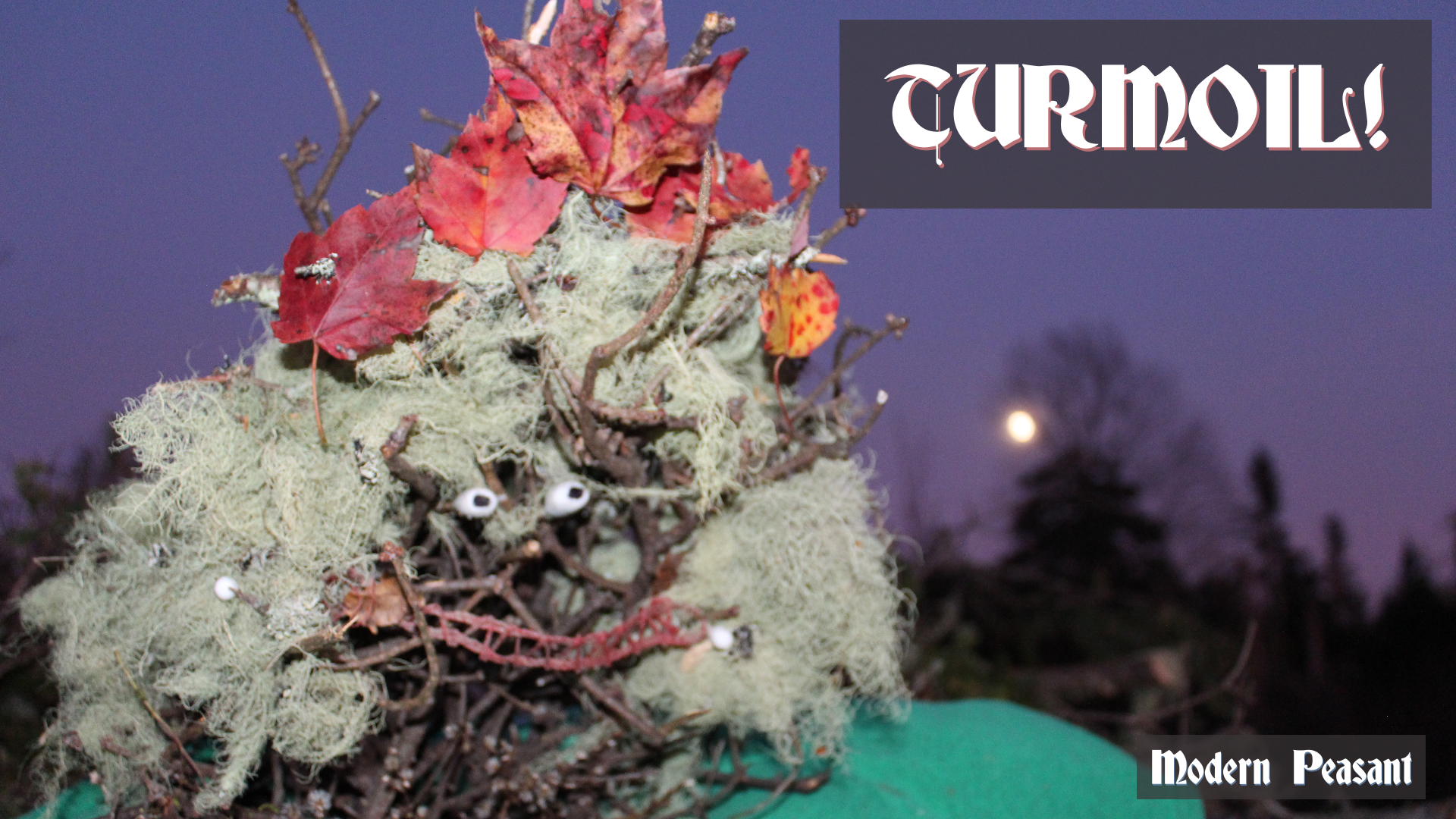Charcoal, oh charcoal, useful as can be, A fuel for the fire, so hot and so free.
A POTTED HISTORY
Charcoal has been used as a fuel for cooking and heating for thousands of years, and the history of charcoal making can be traced back to ancient civilizations such as the Egyptians, Greeks, Britons and Romans. In the past, charcoal was made by burning wood in a low-oxygen environment, which resulted in a fuel that burned hotter and more cleanly than wood. This method of charcoal production remained relatively unchanged until the 19th century, when large-scale commercial production began using retorts and kilns. Today, charcoal is still widely used for cooking, grilling, and heating, and some new methods of charcoal production are being developed to reduce the impact on the environment.
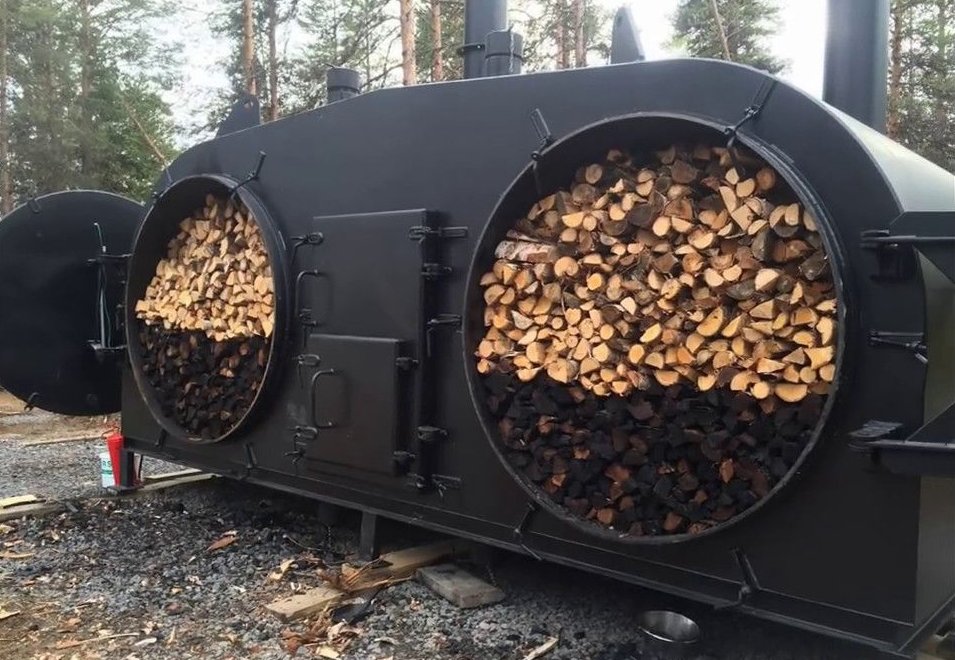
A REVOLUTIONARY MATERIAL
During the 18th century, charcoal played an important role in the development of the British iron industry. At that time, wood was the primary source of fuel for iron furnaces, but it was becoming scarce due to deforestation. As a result, iron producers began experimenting with other fuels, including coal and charcoal.
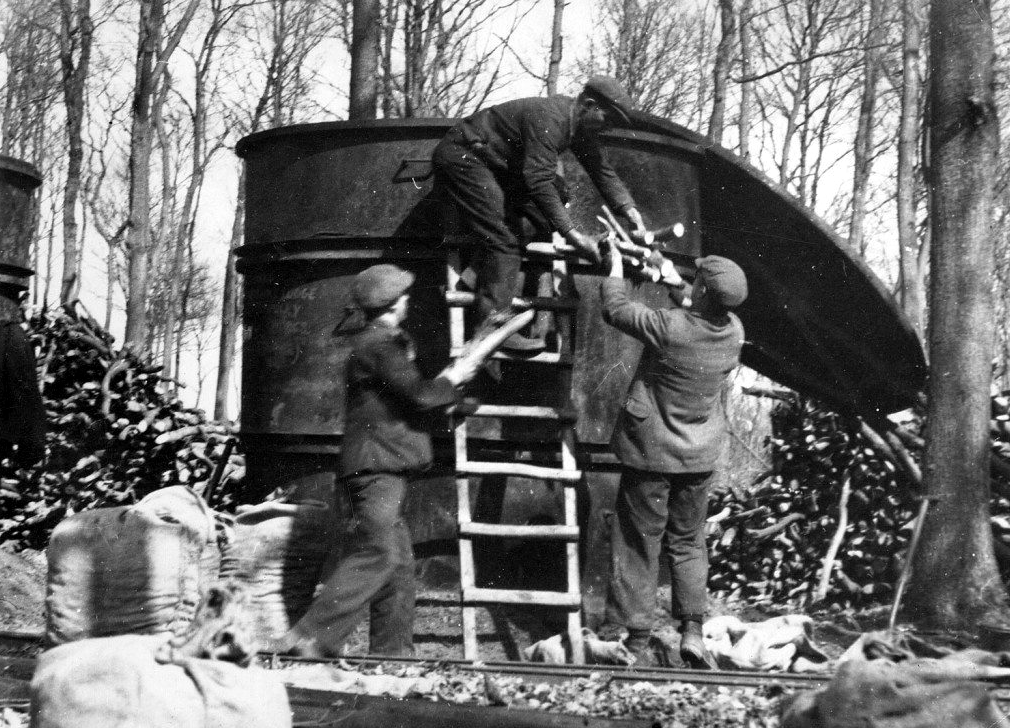
Charcoal proved to be a popular alternative to wood because it produced hotter and cleaner-burning fires, resulting in higher-quality iron. However, producing charcoal required large amounts of wood, which was still in short supply. To solve this problem, iron producers began building charcoal kilns that were more efficient and used less wood.
One notable figure in this history is Abraham Darby, an iron-master who is credited with developing a method of using coke (a derivative of coal) as a fuel for iron production.
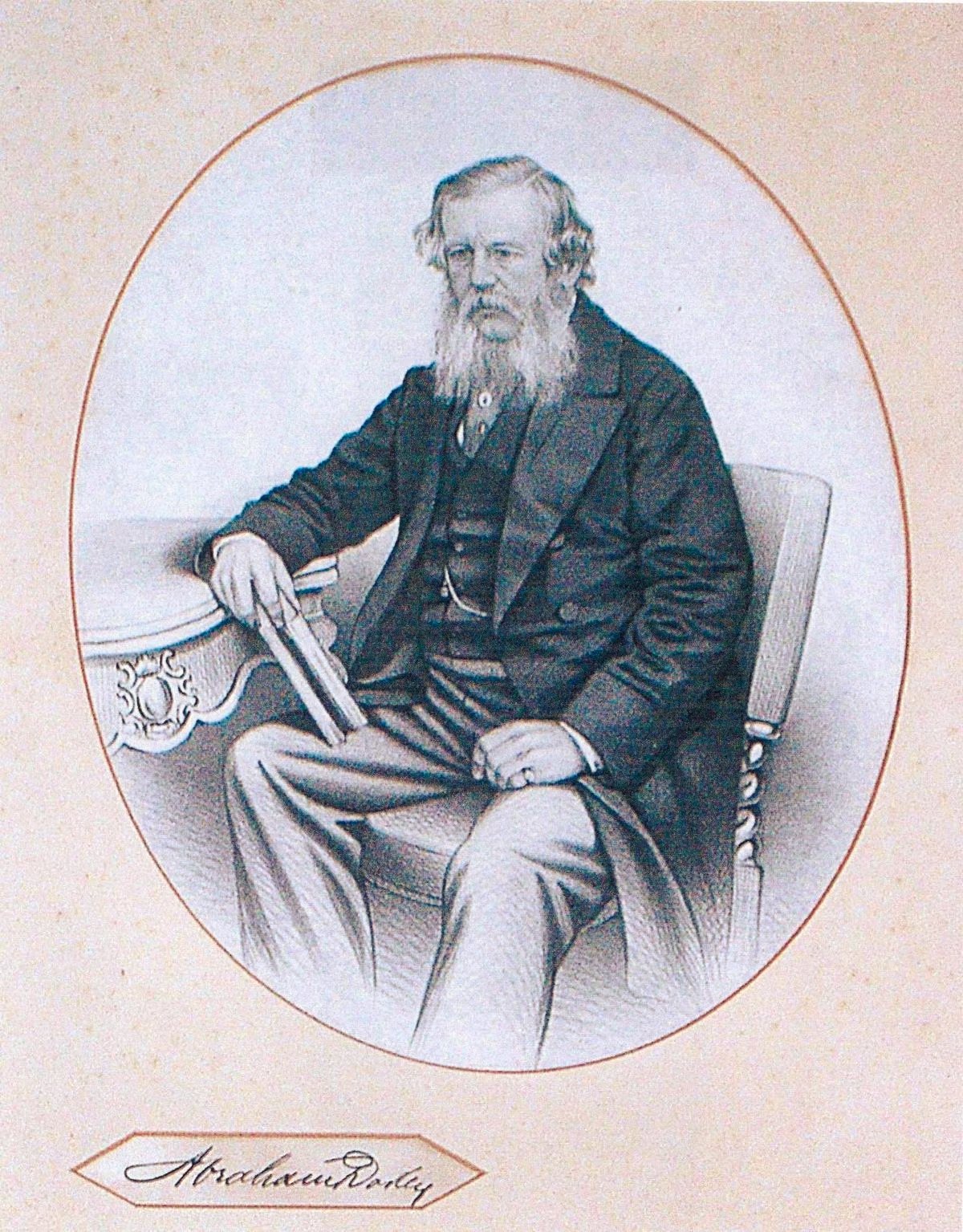
Abraham Darby, looking forlorn after the arrival of his ‘Coal Bill’.
Darby’s innovations helped to pave the way for the transition from charcoal to coal as the primary fuel for the British iron industry, which was a significant factor in the Industrial Revolution.

The average daily life of an 18th century English charcoal maker.
An 18th century English charcoal maker would have had a physically demanding and labor-intensive daily life. Their day would typically begin early in the morning, around sunrise, and they would work until sunset.
Their primary task was to yes, create charcoal, a process that involved cutting down trees, stacking the wood in a dome-like structure called a clamp, and then covering the clamp with soil and leaves to seal it. The charcoal maker would then set the clamp on fire, carefully controlling the temperature and airflow to ensure that the wood burned slowly and without oxygen, thus producing charcoal.
This process would require constant attention and monitoring, often for days at a time. The charcoal maker would need to check on the fire, adjust the airflow, and extinguish the fire when the charcoal was ready. After the charcoal was cooled, it would need to be sorted and packaged for sale.
In addition to making charcoal, the charcoal maker would also have to maintain their tools, gather wood from the surrounding forests, and manage the business aspects of their work, such as selling their charcoal and negotiating prices with customers.

Overall, the daily life of an 18th century English charcoal maker was characterised by hard work, long hours, but with a deep connection to the natural world.
10 USES FOR CHARCOAL
- Poisoning treatment: Charcoal is commonly used in hospitals to treat poisoning and drug overdoses. It works by binding to the toxins in the digestive system and preventing them from being absorbed into the bloodstream.
- Digestive health: Charcoal supplements may help relieve digestive issues such as bloating, gas, and diarrhea by adsorbing excess gas and toxins in the gut.
- Teeth whitening: Activated charcoal can be used as a natural teeth whitening remedy. Its abrasive properties help remove stains and plaque from teeth.
- Skin care: Charcoal face masks and cleansers can help draw out impurities and toxins from the skin, leaving it feeling refreshed and rejuvenated.
- Water purification: Charcoal is a natural water filter and is commonly used in water treatment systems to remove impurities and contaminants.
- Air purification: Charcoal is also used in air filters to remove pollutants and improve indoor air quality.
- Composting: Charcoal can be added to compost piles to help absorb excess moisture and odors, and to provide a source of carbon for beneficial microorganisms.
- Soil improvement: Charcoal can be used as a soil amendment to improve soil structure, increase water retention, and provide a slow-release source of nutrients.
- Sustainable energy: Charcoal can be used as a renewable energy source for cooking and heating, particularly in areas where wood fuel is scarce or expensive.
- Wildlife habitat: Charcoal production can help create new habitats for wildlife, as the charcoal kilns and piles provide shelter and nesting sites for birds and other small animals.
Please subscribe for more of this stuff!
More chat and notes on Substack: modernpeasant.substack.com
Or simply subscribe here! Cheers. 🙂

